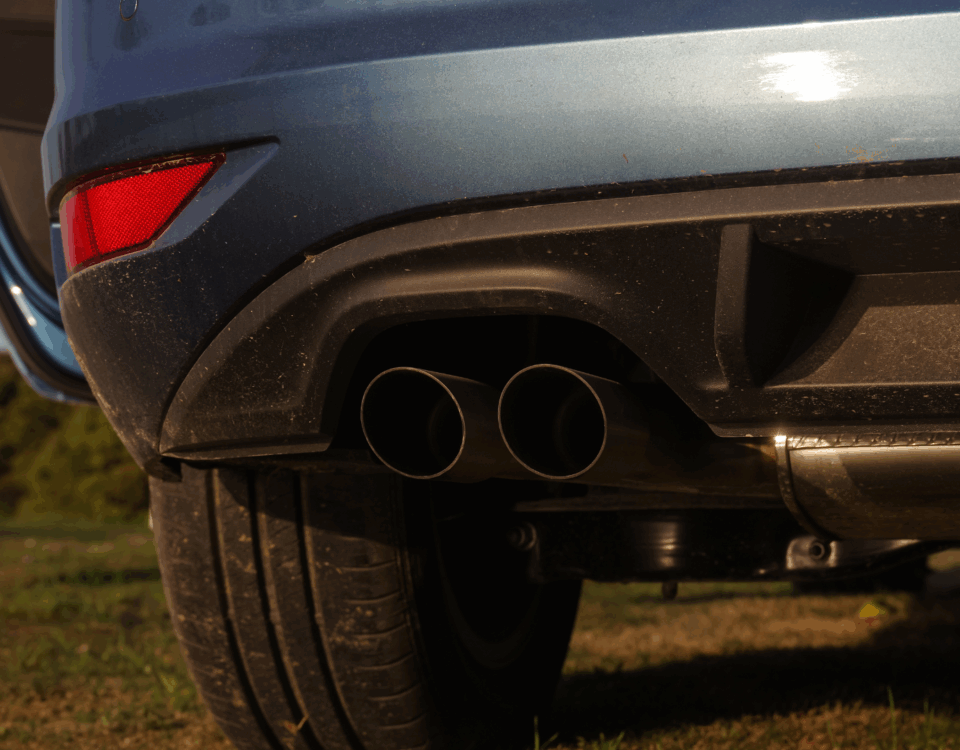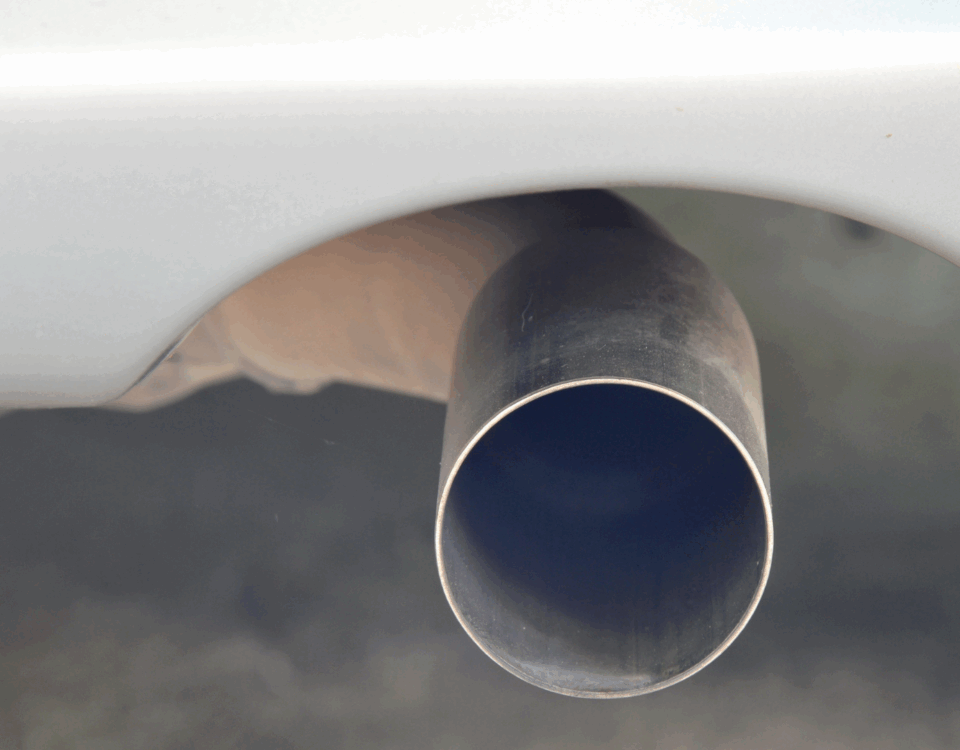Preparing Your Vehicle for a Smog Check: A Step-by-Step Guide
November 6, 2024Exploring Albertsons in Reseda, CA: A Complete Visitor’s Guide
November 7, 2024Getting a smog check can be a simple process if you’re well-prepared. Regular checks ensure your vehicle meets emission standards, protecting both the environment and your car’s performance. This guide offers essential steps to help your vehicle pass the smog check smoothly.
Understand the Importance of a Smog Check
A smog check is more than a routine test; it’s essential for reducing harmful emissions and ensuring your car runs efficiently. Most states require periodic smog checks, especially for older vehicles. Failing to meet standards can mean costly repairs, penalties, or even restrictions on vehicle registration renewal. Being prepared not only keeps your car compliant but also minimizes the chances of unexpected repairs, helping you save time and money in the long run.
Check Your Car’s Maintenance History
Regular maintenance is crucial for passing a smog check. Before scheduling your test, review your car’s maintenance records. Make sure oil changes, air filter replacements, and spark plug inspections are up-to-date. A well-maintained vehicle is more likely to pass emissions testing, as issues like dirty filters or old spark plugs can cause excess emissions. Investing in regular maintenance improves fuel efficiency, extends engine life, and keeps your emissions under control.
Warm Up Your Vehicle Before the Smog Check
One lesser-known but highly effective tip is to warm up your car before a smog check. When your engine is warm, it burns fuel more efficiently, reducing emissions. Driving for at least 10-15 minutes beforehand ensures the engine reaches an optimal temperature, which can significantly impact your smog check results. This simple step can help your vehicle produce cleaner emissions, increasing the chances of a successful test.
Inspect the Exhaust System for Leaks
A faulty exhaust system is one of the common reasons cars fail smog checks. Check for any signs of exhaust leaks or damage before your test. Any exhaust system issues can result in elevated emission levels, which will likely lead to a failed test. If you detect unusual noises, odors, or visible damage in your exhaust system, address these issues immediately. Ensuring your exhaust system is in good condition is a proactive step that reduces emissions and supports successful test results.
Avoid Smog Check After a Recent Battery Change
If you’ve recently replaced your battery, it’s wise to wait before going for a smog check. When the battery is disconnected, it can reset the vehicle’s onboard computer, erasing necessary data that inspectors use to evaluate emissions. This means the vehicle might not pass even if there are no underlying issues. Driving your car for about 100 miles after a battery change allows the computer to recalibrate, improving your chances of passing the smog check.
Preparing for a smog check is straightforward when you know what to expect. By maintaining your vehicle, warming up the engine, inspecting the exhaust, and understanding how recent repairs can affect results, you’re setting yourself up for a smooth, successful test.
Read More:
Preparing Your Vehicle for a Smog Check: A Step-by-Step Guide





